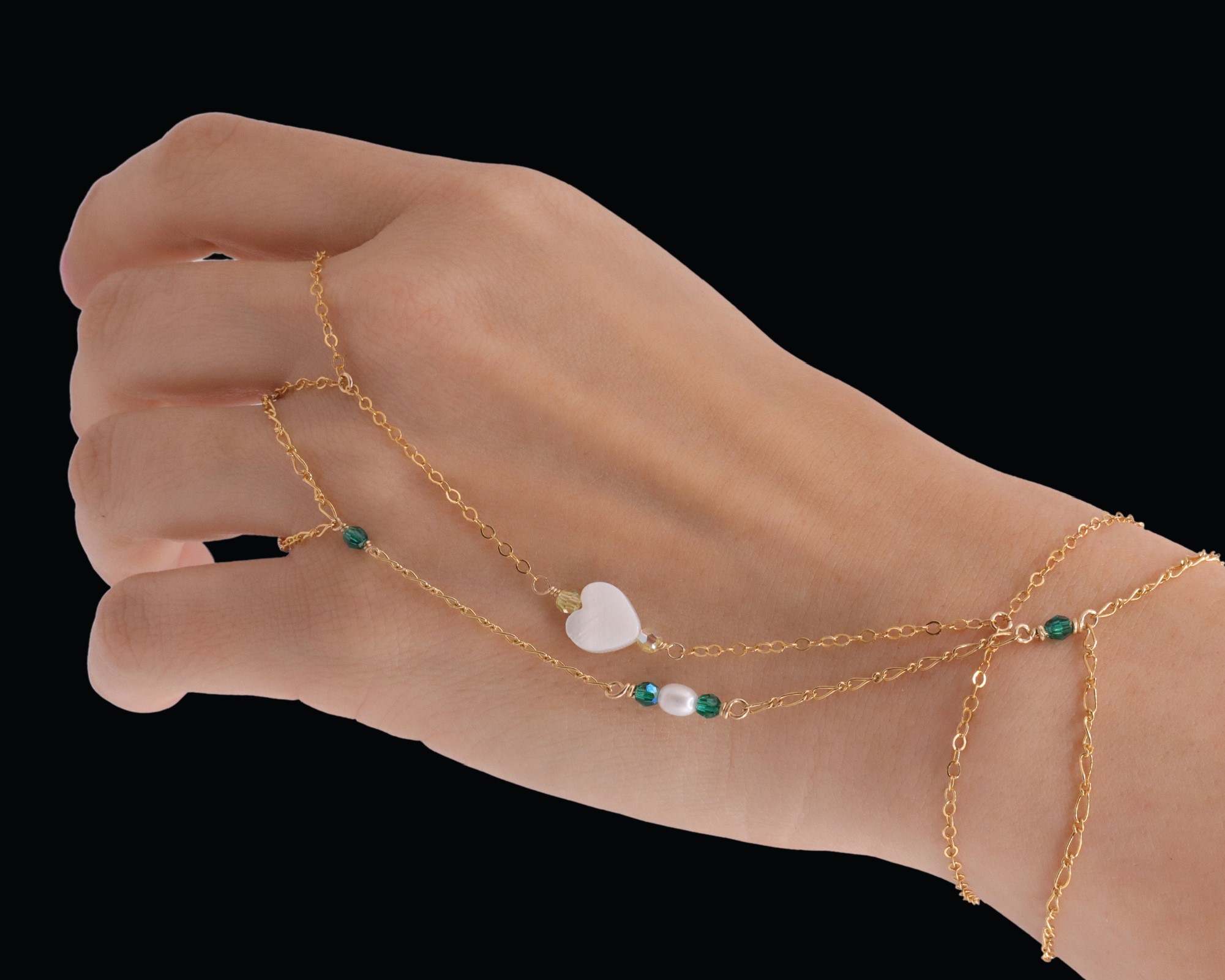
Antique and vintage jewelry possess a timeless charm, a unique story, and an inherent value that modern pieces often lack. We have curated this comprehensive guide to help you navigate the enchanting world of antique and vintage jewelry. Whether you’re a seasoned collector or a novice enthusiast, this guide will equip you with the knowledge and insights to make informed and confident purchases.
Understanding the various categories of vintage and antique jewelry is crucial for making informed purchasing decisions. These categories are primarily defined by the period in which they were created:
1. Georgian Era (1714-1837)
Characterized by intricate designs and handcrafted details, Georgian jewelry often features nature-inspired motifs, gemstones set in closed-back settings, and high-karat gold.
2. Victorian Era (1837-1901)
Divided into three distinct periods (Early, Mid, and Late Victorian), this era saw the rise of romantic and symbolic jewelry, including mourning jewelry, lockets, and brooches adorned with gemstones like diamonds, emeralds, and pearls.
3. Edwardian Era (1901-1915)
Known for its elegance and sophistication, Edwardian jewelry features delicate filigree work, platinum settings, and the use of diamonds and pearls in intricate designs.
4. Art Nouveau (1890-1910)
This period emphasizes artistic expression and nature-inspired themes. Jewelry from this era often incorporates enamel work, flowing lines, and gemstones like opals and moonstones.
5. Art Deco (1920-1935)
Art Deco jewelry is characterized by geometric shapes, bold colors, and the use of materials like platinum, diamonds, and colored gemstones. It reflects the exuberance and modernity of the Roaring Twenties.
6. Retro Era (1935-1950)
Retro jewelry features bold, chunky designs with a focus on yellow and rose gold. This era saw the use of synthetic gemstones and an emphasis on practicality and glamour.
1. Educate Yourself
Understanding the historical context and identifying features of different eras will enhance your ability to recognize and appreciate genuine pieces. Books, online resources, and consultations with experts can provide valuable insights.
2. Verify Authenticity
Work with reputable dealers and request provenance documentation when possible. Look for hallmarks, maker’s marks, and other identifying features that attest to the piece’s authenticity.
3. Examine the Condition
Assess the condition of the piece carefully. Vintage and antique jewelry may show signs of wear, but excessive damage or repairs can affect its value. Ensure that gemstones are secure and settings are intact.
4. Consider the Craftsmanship
Handcrafted details and artisanal quality are hallmarks of valuable vintage and antique jewelry. Examine the intricacy of the design, the quality of the materials used, and the overall craftsmanship.
5. Evaluate the Price
Research market values and compare prices from different sources. Be wary of deals that seem too good to be true. Remember that rarity, condition, and historical significance can significantly influence the price.
6. Invest in Timeless Pieces
Focus on pieces with timeless appeal and enduring value. Classic designs and high-quality materials tend to appreciate over time, making them sound investments.
7. Maintain Proper Care
Proper maintenance is essential for preserving the value and beauty of vintage and antique jewelry. Store pieces in a dry, cool place, clean them gently with appropriate methods and have them inspected by a professional regularly.
The materials and gemstones used in vintage and antique jewelry play a significant role in their value and appeal:
Diamonds are a staple in many eras of jewelry. Understanding the 4 Cs (cut, clarity, color, and carat) is crucial for evaluating diamond quality.
Rubies, emeralds, sapphires, and other colored gemstones are often featured in vintage pieces. Each gemstone has unique characteristics and value determinants.
Natural pearls were highly prized in antique jewelry, whereas cultured pearls became more common in later periods. Assessing the quality of pearls involves examining their luster, surface, shape, and size.
Gold, silver, and platinum are the primary metals used in vintage and antique jewelry. The purity and hallmark of these metals are key factors in determining value.
Purchasing vintage and antique jewelry is a journey into the past, offering a glimpse into the artistry and craftsmanship of bygone eras. By educating yourself, verifying authenticity, and considering the condition, craftsmanship, and value of each piece, you can make informed and rewarding acquisitions. Embrace the allure of the past and add a touch of history to your collection with confidence and sophistication.
Happy hunting!